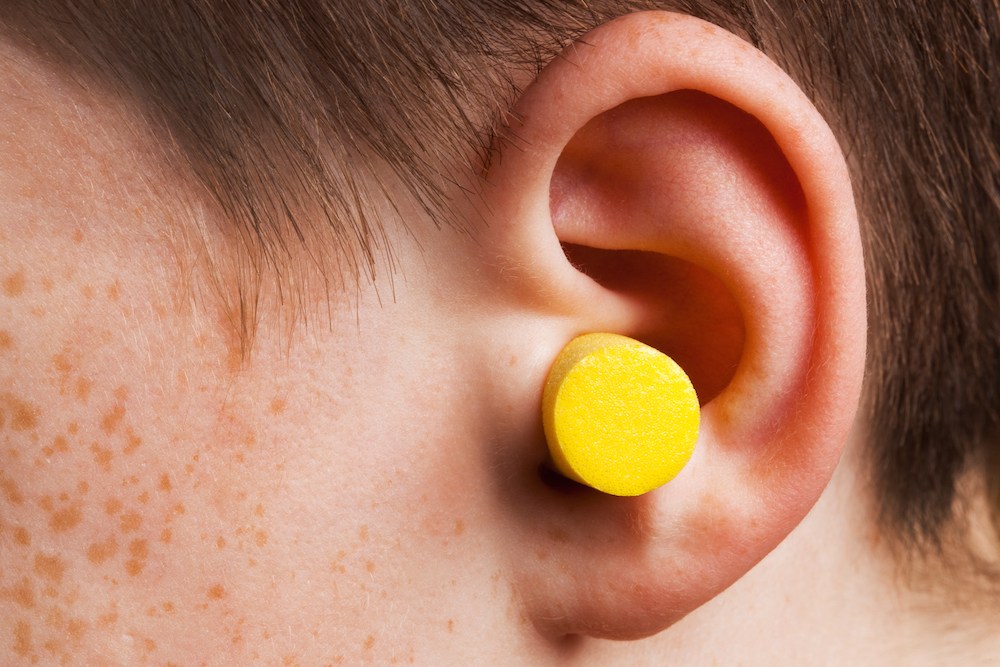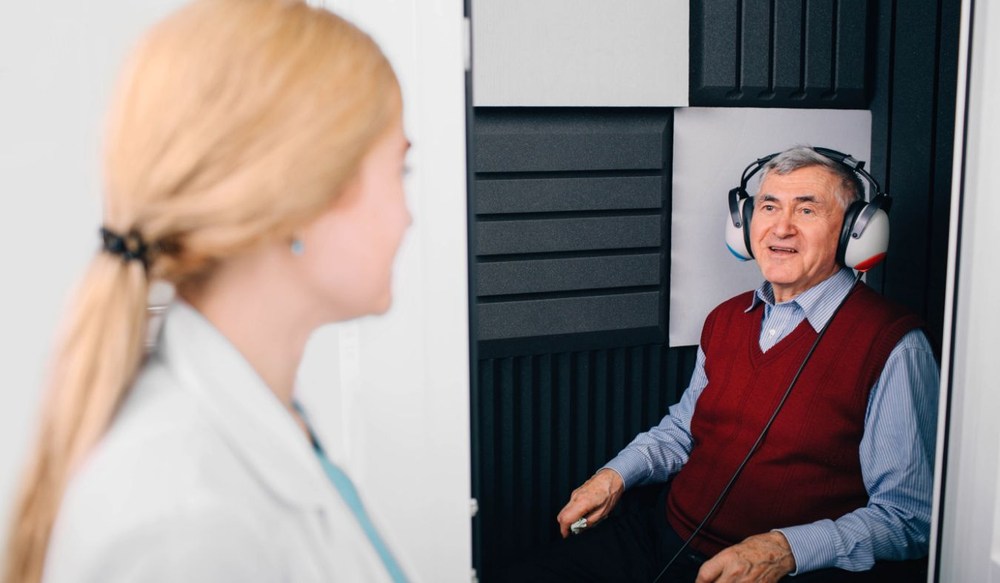How to Interpret Your Hearing Test Results
Getting a hearing test is an important step toward understanding your


Getting a hearing test is an important step toward understanding your

Hearing difficulties can have a real impact on daily work life. Simple

Most hearing loss happens slowly, but in some cases, it can happen